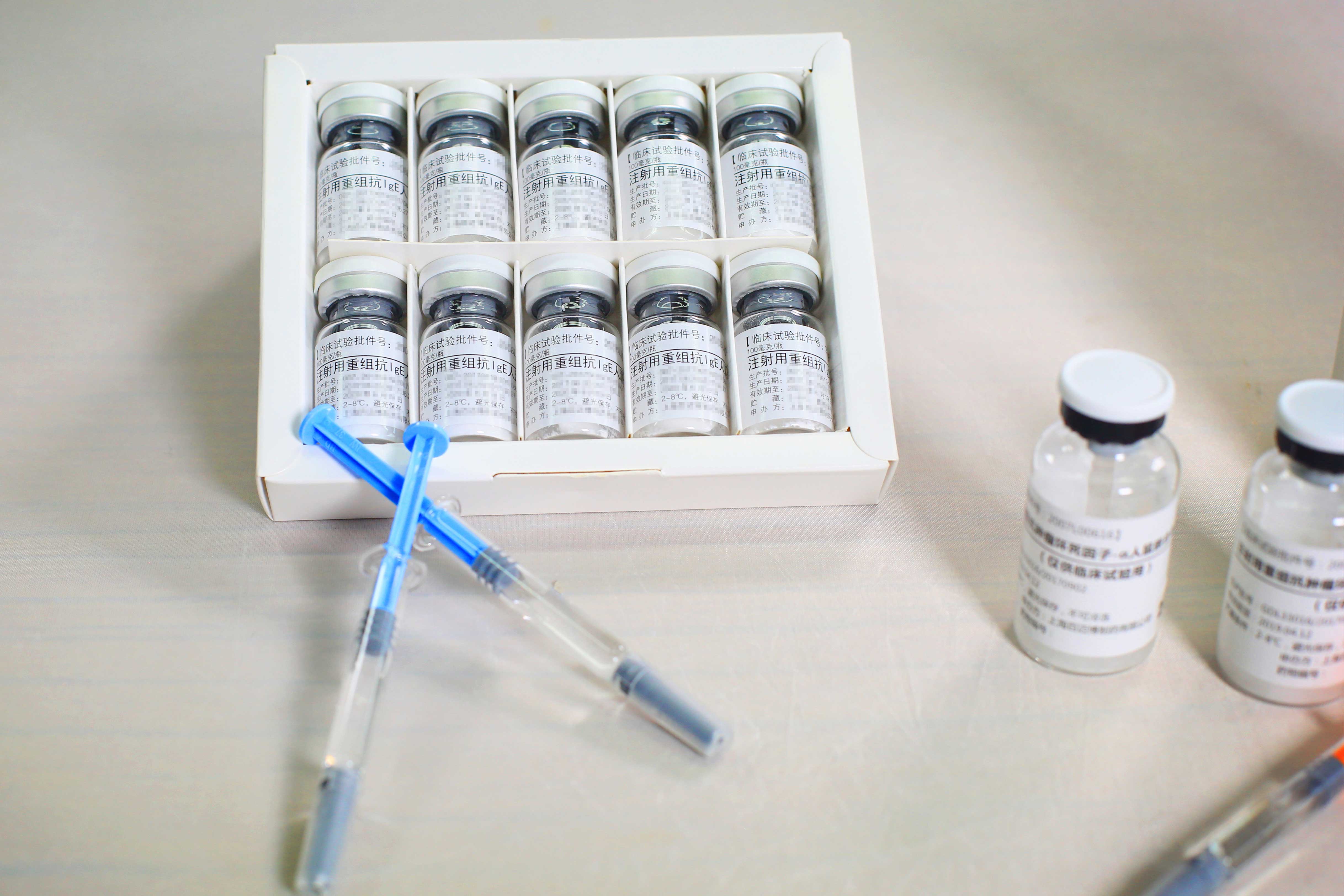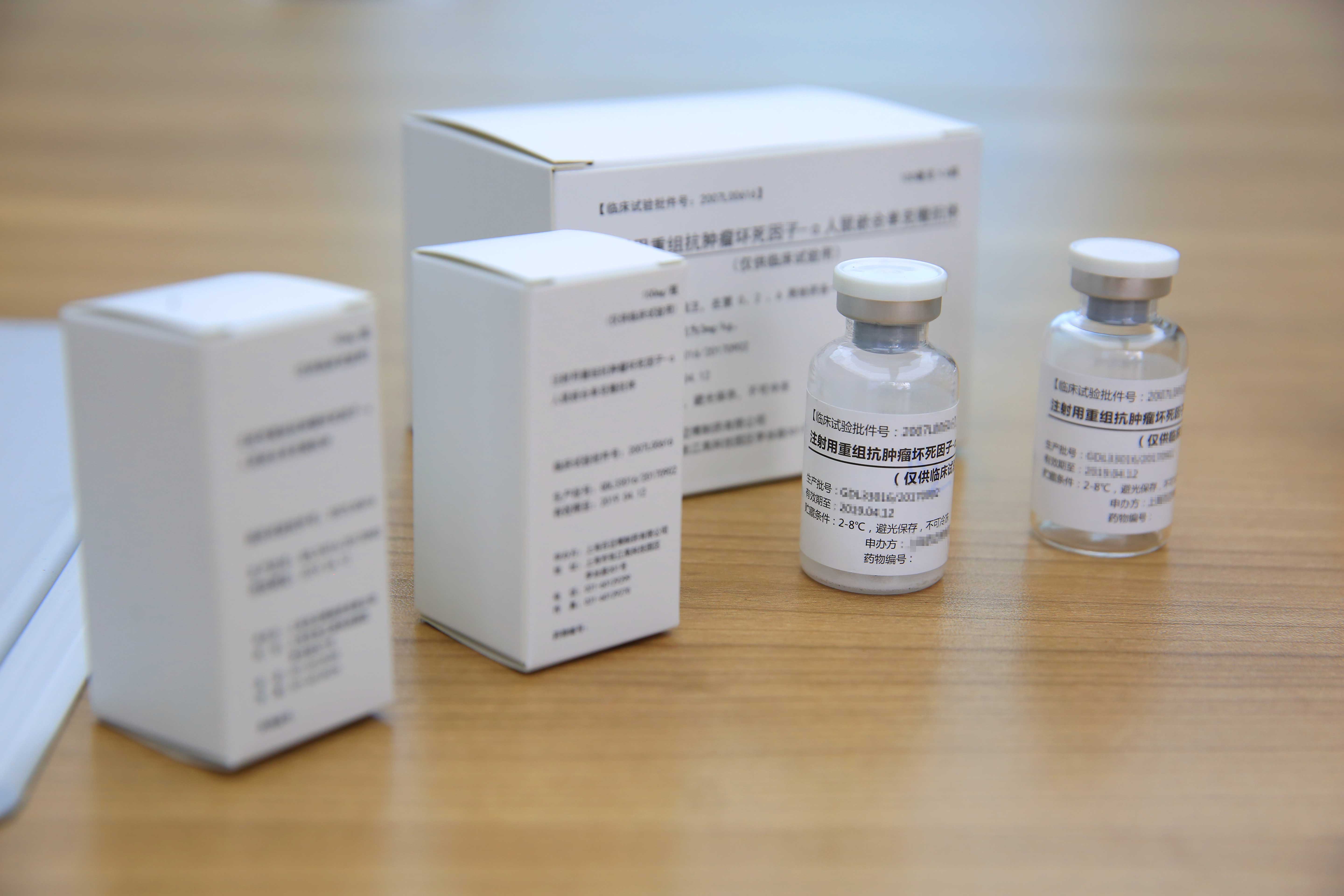R&D Pipeline
Mabpharm Limited has a robust R&D pipeline with multiple products in the preclinical stage. Through ongoing investment in R&D, we are advancing the launch of new drugs to address disease challenges and meet patient needs. Simultaneously, we are continually innovating technologies to improve drug efficacy and safety.

Mabpharm Limited leverages its self-developed innovative technology platform to continuously drive the development of new drugs, with some products' R&D progress leading the way domestically. It has established a virtuous cycle of "launching, trialing, and developing," consistently bringing new drugs to market to meet patient needs.
CMAB022 is a biosimilar candidate for Stelara® (Ustekinumab), which has been approved by the U.S. Food and Drug Administration (FDA) for the treatment of psoriasis, psoriatic arthritis, Crohn's disease, ulcerative colitis, and other conditions. According to the results of several large-scale randomized controlled trials conducted abroad (UNITI-1, UNITI-2, and IM-UNITI), Ustekinumab demonstrates significant clinical remission and clinical response rates in patients with moderate to severe active Crohn's disease, along with a high rate of intestinal mucosal healing. Ustekinumab can be used as induction therapy. It can also be maintained through subcutaneous injections after an initial intravenous infusion, with good efficacy and safety demonstrated during maintenance treatment. Furthermore, Ustekinumab can be used as rescue therapy, achieving favorable outcomes even when other biologics, such as anti-TNFα drugs, have failed or are not tolerated.
CMAB023 is a biosimilar candidate for TEZSPIRE® (Tezepelumab). It is an IgG2-lambda monoclonal antibody targeting TSLP. TSLP is a key epithelial cytokine produced in response to pro-inflammatory stimuli, such as lung allergens, viruses, and other pathogens. It sits at the apex of multiple inflammatory cascades and triggers excessive and sustained immune responses to eosinophilic and other airway inflammations associated with severe asthma. Therefore, targeting TSLP's early upstream activity in the inflammatory cascade has been identified as a potential target for a broad population of asthma patients. Blocking TSLP can prevent immune cells from releasing pro-inflammatory cytokines, thereby preventing asthma exacerbations and improving asthma control. We have successfully developed CMAB023, which has completed cell line construction and is currently undergoing process development. The drug is expected to obtain marketing approval from the National Medical Products Administration in the fourth quarter of 2028. As a broad-spectrum anti-allergic antibody drug, it covers a wider range of allergic conditions and demonstrates better efficacy, providing sustained and significant reduction in disease exacerbations among a broad population of patients with severe asthma.
CMAB016 is a biosimilar candidate for Dupixent® (Dupilumab), a monoclonal antibody of the human immunoglobulin G4 (IgG4) subtype. CMAB016 targets and binds to the IL-4 receptor α subunit, blocking the signaling pathways of IL-4 and IL-13. The FDA has approved it for the treatment of atopic dermatitis, asthma, chronic rhinosinusitis with nasal polyps, eosinophilic esophagitis, and prurigo nodularis. In the BOREAS and NOTUS trials, compared with the placebo group, the Dupilumab treatment group showed a significant reduction in the incidence of acute exacerbations of moderate to severe chronic obstructive pulmonary disease (COPD) by 30% and 34%, respectively, over 52 weeks. Both trials demonstrated that Dupilumab can rapidly and significantly improve lung function compared to placebo, with benefits lasting up to week 52. The FDA has granted priority review for a supplemental Biologics License Application (sBLA) for Dupilumab's sixth potential indication, as an additional maintenance treatment for uncontrolled COPD in adult patients. CMAB016 has completed engineering cell construction, screening, and small-scale process development.


